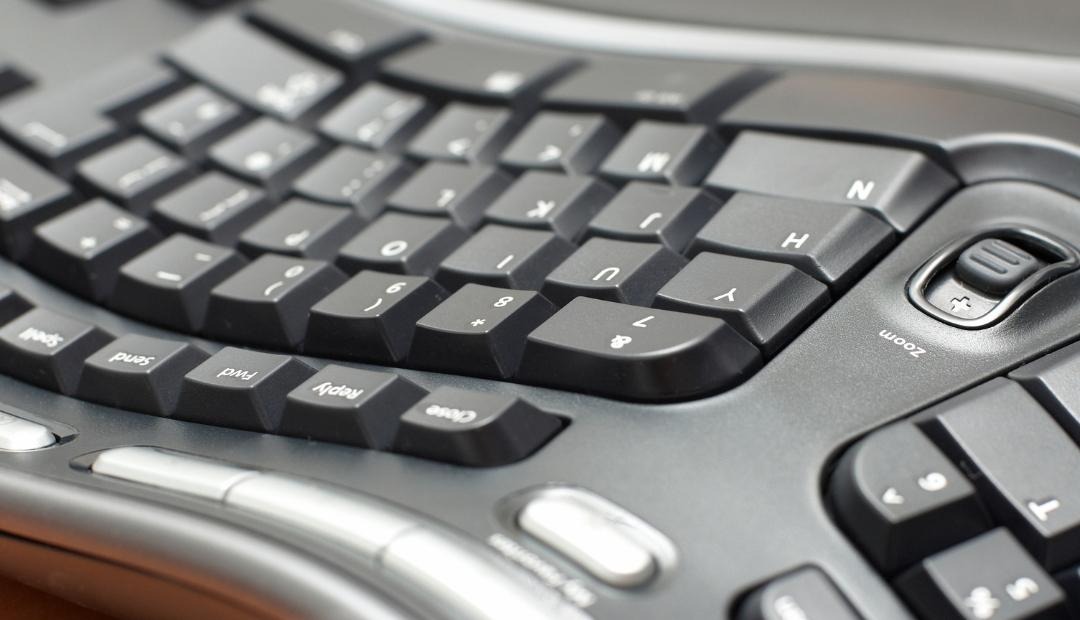After working on your computer for hours at a time, what do you feel? Apart from stress, we bet you’ve experienced repetitive strain injuries to a certain degree.
This kind of pain happens because of repetitive movements, from typing to sitting all day.
But there’s one way to combat the random aches from an office job: working in an ergonomic office setup. It means creating a workstation that you’d be comfortable using throughout the day.
Whether you work at home or in your company’s office, you have to make adjustments to your workstation and make it ergonomically correct. Here are six things you should factor in:
Chair
If you want to prevent straining your back and hips, you need to get a chair with a hydraulic shaft or gas cylinder, which lets you adjust its height to an ergonomic seated height.
But how should you sit in your chair to prevent pains from prolonged sitting?
Your feet should be flat on the ground, while your knees should be slightly lower than or aligned with your hips.
It’s also worth investing in an office chair with lumbar support, which helps maintain the natural alignment of your spine, and armrests, which help take the load off your upper limbs and lower back.
Desk
When choosing an office desk, you have to find one that offers plenty of room for your knees, thighs, and legs.
Sounds simple enough, right? For some people, picking the proper desk height isn’t sufficient–the desk should come with an adjustable height.
Height-adjustable desks, also known as sit-stand desks, not only let you match the height of the work surface to any user’s height. Their design also encourages you to switch between sitting and standing positions as you work, preventing any aches from staying in one position for hours.
Monitor
Your screen should be about an arm’s length away and raised to a comfortable eye level. That way, you can avoid craning or bending down your neck (along with your back) to see what you’re working on.
If your desk doesn’t support an ergonomic monitor setup, you can always get a riser, elevating your screen to eye level.
Keyboard and Mouse
Try typing on your keyboard now and observe your arms’ positions. Are your shoulders hunched? Are your elbows positioned at an awkward angle?
If your answer’s yes, then you have to reposition your keyboard.
Your typing position should look like this: elbows bent at 90 to 110 degrees and close to your sides, wrists level with your hands, and shoulders relaxed.
Lighting
When we talk about ergonomics in the workplace, we often overlook one crucial aspect: task lighting.
If you’re working from home, you might get tempted to use soft ambient lighting and let your screen serve as the sole source of illumination. But that might cause you eye strain and neck pain.
That said, you have to get lights that match your screen’s average brightness.
You should also make the most of natural daylight. So open up your windows to brighten up your space, enjoy the energy boost from the sun and fresh air, and create a sense of outdoors in your office.
You
No matter how many ergonomic furniture pieces you have, it won’t make a complete difference if you don’t do anything to make yourself comfortable.
Make sure that you’re seated with a natural posture. Avoid slouching. Rest your arms and incline your chair’s backrest if you have to. Stand up from time to time, give your eyes a break, and do some stretching.
Apart from that, you have to find your relaxation and stress relief source.
Do plants make your space look a bit brighter? Start growing indoor plants. Do you resort to aromatherapy during bad days? Place a diffuser on your desk.
As long as your workstation works for you and not the other way around, then you have yourself an ergonomic office setup.
Vail Village Club Apartments in Dallas, TX



